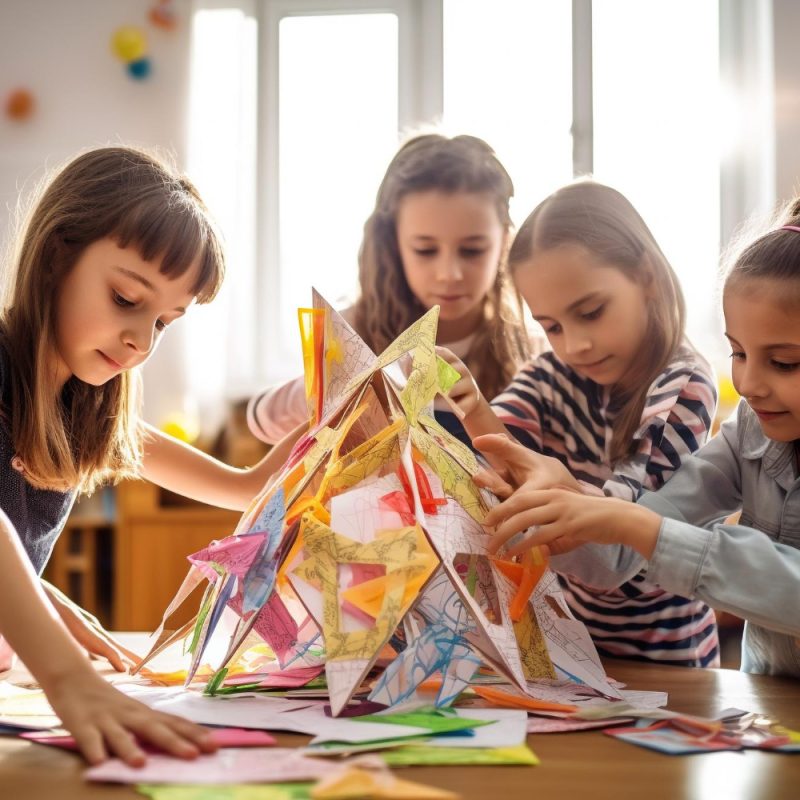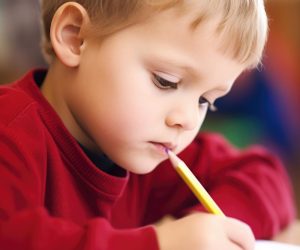Employment
Mission
“Our mission is to empower each learner to reach their full potential and become responsible, compassionate, and balanced global leaders through a holistic education that includes social, emotional, and physical well-being.”
Guiding statements
- At Disha Indian International School, we believe in inspiring and encouraging each learner to explore, learn, and excel in life.
- We are committed to discovering and nurturing each student’s interests, and providing them with academically challenging and highly productive co-curricular programs that include advanced technological skills.
- We hope to empower our students to become responsible, compassionate, and empathetic members of the world, who are equipped to take on leadership roles on a global scale.
Scope of Responsibilities:
Disha Indian International School (DIIS) is committed to providing each student with an exemplary education. Central to that work are our seven “Institutional Commitments”. We are seeking faculty who believe in these commitments and who wish to collaborate, innovate,and make a positive difference within the DIIS community. Our Institutional Commitments are:


1) Healthy Organizational Climate and Culture
Culture consists of the shared values and beliefs and is reflective of the collective personality of a school. Culture takes many years to evolve and shape how employees work together. Climate is based on perceptions and reflects the morale of a group. If culture is the personality, then climate represents the school’s attitude.
- Commitment to the DIIS strategic direction: Teachers know and are committed to the school’s strategic direction.
- Lifelong learning: Teachers model their belief that the pursuit of knowledge can have a positive impact on the world around them.
- Interpersonal relationships: Teachers build strong interpersonal relationships by acting responsibly and with integrity.
- Respect and diversity: Teachers maintain an open mind while seeking to understand the world view and perspectives of others.
- Collaboration: Teachers work with others to further the overall goals and vision of the School.
2) Professional Learning Communities
- Focus on learning: All of our students learn at high levels, developing a passion for and commitment to learning
- Focus on collaboration and collective responsibility for all students: Teachers work collaboratively to ensure that all students learn at high levels.
- Focus on evidence of student learning: Professional Learning Communities(PLCs) focus on evidence of student learning to assess effectiveness in ensuring all of our students learn at high levels.
3) Integration of Technology
- Personalized digital age learning experiences:Teachers facilitate learning with technology to support the (Desired Student Learning Outcomes)DSLOs. Educators design, adapt and personalize learning experiences that foster independent learning and accommodate learner differences and needs.
- Digital citizenship and responsibility: Teachers guide and inspire students to positively contribute to and responsibly participate in the global community, through the use of Technology.
4) Common Guaranteed, Viable Curriculum
- DIIS learning process and curriculum (DSLOs, competencies, standards, learning progressions, learning targets) drive the development of common units.
- Units are culturally responsive, provide opportunities for inquiry and result in application and transfer of learning.
- Unit design incorporates ongoing formative assessments that build toward the completion of challenging, competency-based summative performance tasks.
- Units are well-scaffolded and provided opportunities for student voice and choice.
5) High Impact Instruction/Social Emotional Learning
- Student Relationships: The teacher fosters and manages a safe and inclusive learning community that takes into account physical, emotional and intellectual well-being of Students.
- Classroom Relationships:The classroom climate is characterized by respectful relationships between and among students and the teacher.
- Behavior Management:Behavioral expectations are high and any problems are handled with respect, dignity and a focus on learning.
- Inquiry-based approach: Inquiry lessons prompt learners to question, investigate, create, and reflect in order to deepen learning, develop transferable skills and make connections.
- Aligned instructional practice: Selection of instructional methods purposefully matches learning targets and student needs.
- Student talk: Students routinely talk about their learning, using appropriate academic vocabulary to communicate to the teacher and one another.
- Flexible student groupings: Grouping is based on student needs, interests and/or specific learning targets and enables timely. Differentiated supports.
- Flexible learning environments: Environments enable multiple teaching and learning modes simultaneously, laying the groundwork for appropriate self-pacing and Self-regulation.
- Students are actively engaged in constructing meaning; teachers are skilled at turning ‘content’ into ‘problems’.
- Frequent checks on student learning occur throughout the lesson and the teacher adjusts in response.
- At key points in the lesson – and especially at the end – there is an opportunity for students to synthesize their new learning and make connections.
- Students receive clear written and verbal feedback (as appropriate) helping them to answer three questions – Where am I? Where do I need to be? & How can I close the gap?
- Parent communication is timely, professional and focused on how students might improve and be successful with their learning.
6) Evidence of Learning
- Moment by moment formative assessments: Formative assessments are regular occurrences and are not limited to written, end-of-period checks for understanding. Assessments include a broad range of formats and inform instruction.
- Consistent feedback: Feedback lets students and teachers know where students are in relation to the learning targets and how they can close the gap or extend their learning.
- Evidence of learning: Evidence of learning guides next steps for students and teachers in the learning process.
- Grading and reporting: Grading and reporting practices are progress oriented in order to enhance learning.
- Learning targets and success criteria are shared and clarified with and for students at some point (as appropriate) in the lesson.
- Assessments and activities align to these targets.
- Learning targets and activiAssessment data from one lesson is used to modify planning for subsequent lessons.
- ties are designed so that they can be achieved – but not easily/without effort.
- Teachers organize engaging and rigorous peer & self-assessment.
7) Service and Activities
- The Service programme empowers students to become aware, able and active contributors to the community.All the teachers are expected to organize/participate in Service Programmes.
- After school Activity programme provides students to enjoy success beyond the classroom as they build leadership and social skills and an understanding of group dynamics.Most importantly, they experience both success and failure and learn the value of commitment.Each Full Time Educator supervises a minimum of one after school activity per quarter.
- Compensation will be considered for out of the school contact hours.







